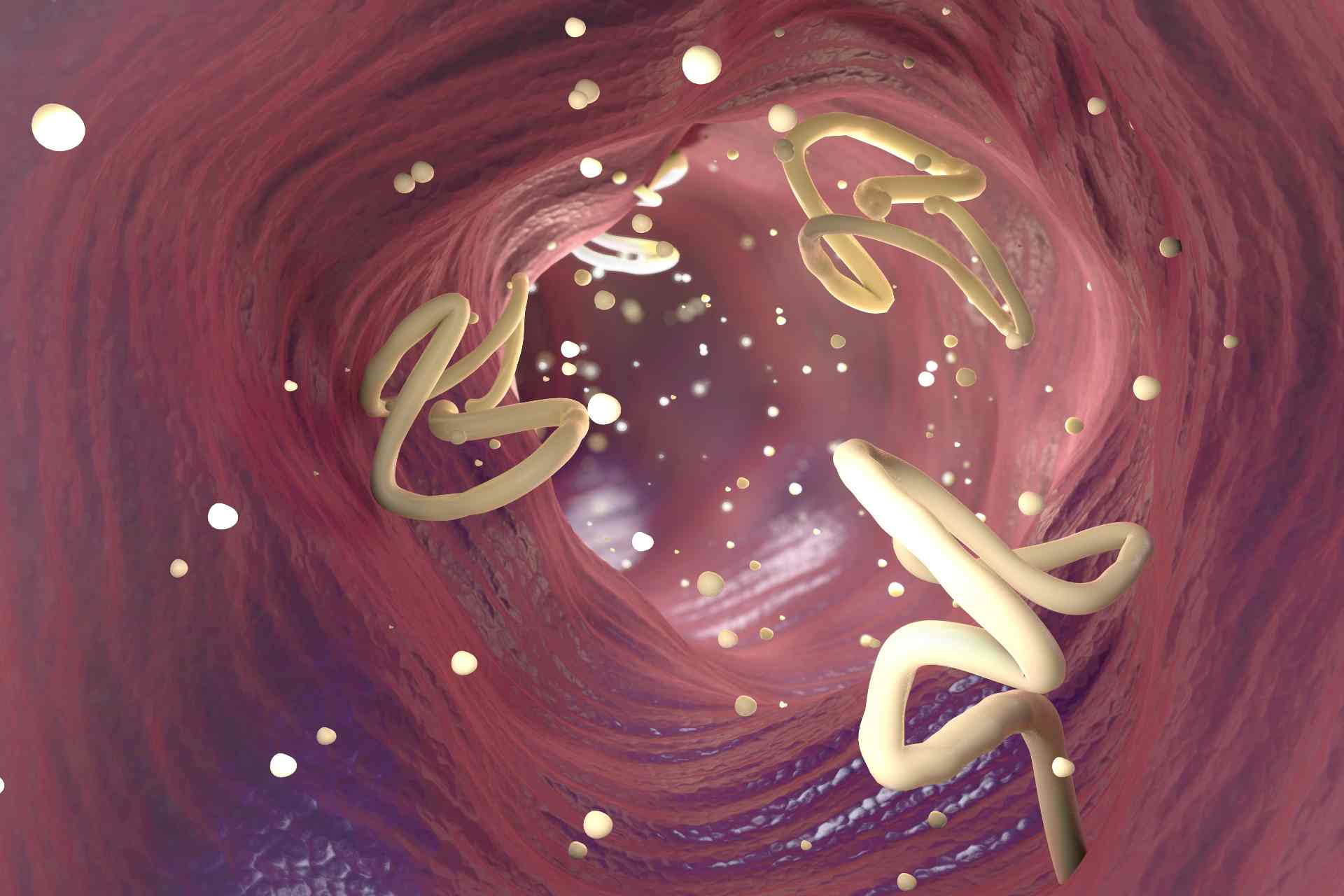What is already known
The composition and dynamics of the gut microbiota during the first 5 years after birth is crucial for the development of the immune system and can influence the risk of various diseases later in life. Most research in this area is based on Western populations, despite the majority of the world living in low- and middle-income countries (LMICs), which face different health challenges, including worm infections. However, little is known about how these infections affect gut microbiota composition and function.
What this research adds
Researchers reviewed current knowledge on the developing gut microbiota in early life. In particular, the work explores how helminths — a group of parasitic worms, including roundworms and tapeworms, that infect humans and other animals — may influence early microbiota dynamics.
Conclusions
The authors advocate for further research on worm-microbiota interactions, suggesting that new animal models could help inform strategies for improving health during early life.
The makeup of the gut microbiota during the first 5 years after birth impacts the risk of various conditions later in life. While various factors are known to shape the early gut microbiota, little is known about how worm infections, which are common in low- and middle-income countries (LMICs), affect microbiota composition and function.
So, Andrei Bogza at McGill University in Montreal, Canada, and his colleagues reviewed current knowledge on the developing gut microbiota in early life.
The work, published in Cell Host & Microbe, explores how helminths — a group of parasitic worms, including roundworms and tapeworms, that infect humans and other animals — may influence early microbiota dynamics.
Early-life changes
During early life, the gut microbiota undergoes significant changes: initially, the microbiota is dominated by facultative anaerobes, transitioning to obligate anaerobes within the first 6 months. Following weaning, microbial richness and diversity increase, with Bacteroidota and Bacillota dominating by 2-3 years. The community of fungi that inhabit the gut, known as the mycobiome, and the virome, which is dominated by bacteriophages, also change during early life, stabilizing to an adult-like state by 2-3 years of age.
Diet plays an important role in shaping the gut microbiota during early life, leading to health outcomes such as obesity and malnutrition. Over-nutrition, which is common in Western countries, has been linked to changes in the gut microbiota composition, and a high-fat diet combined with antibiotics can lead to metabolic dysfunction and fat accumulation.
Malnutrition, which is more common in LMICs, is associated with lower microbial diversity and richness, and it is linked to symptoms such as wasting and impaired growth and development in children.
Worm infections
Helminth infections have also been tied to impaired growth and development in children, with some studies suggesting that helminth infections may affect the gut microbiota.
Infection with the worm Heligmosomoides polygyrus bakeri (Hpb) has been associated with increased abundance of Lactobacilli and shifts in microbiota composition in mice. Similar alterations were observed in humans with helminth infections.
However, different infections have varying impacts on the microbiota, so more research is needed to understand how helminth infections induce changes to the gut microbiota and how this may impact early-life health. Combining mouse models of malnutrition with early-life helminth infection models could clarify this relationship, the authors say.
Looking ahead
Although most helminth infections in humans occur during the first 5 years of life, there are no experimental models that allow researchers to look at this period of time. What’s more, different helminth species occupy unique niches in the gut. Models that mimic specific niches of helminths could help researchers to understand the effects of these worms on health. Since the impacts of helminths on health can change over time, longitudinal studies from early life onward are also needed to reveal key interactions.
As helminth species are very diverse, scientists should be cautious in generalizing clinical results, the authors say. “However, incorporating computational models and machine learning into this area of research will shed important light on host-microbiome-parasite interactions that cannot be revealed by standard practices,” they say.
By analyzing helminth-induced changes in the gut microbiota, researchers can better understand their impact on early-life development, the authors conclude. “We highly encourage further research to explore both clinical outcomes and fundamental biology of this intersection in early life.”









